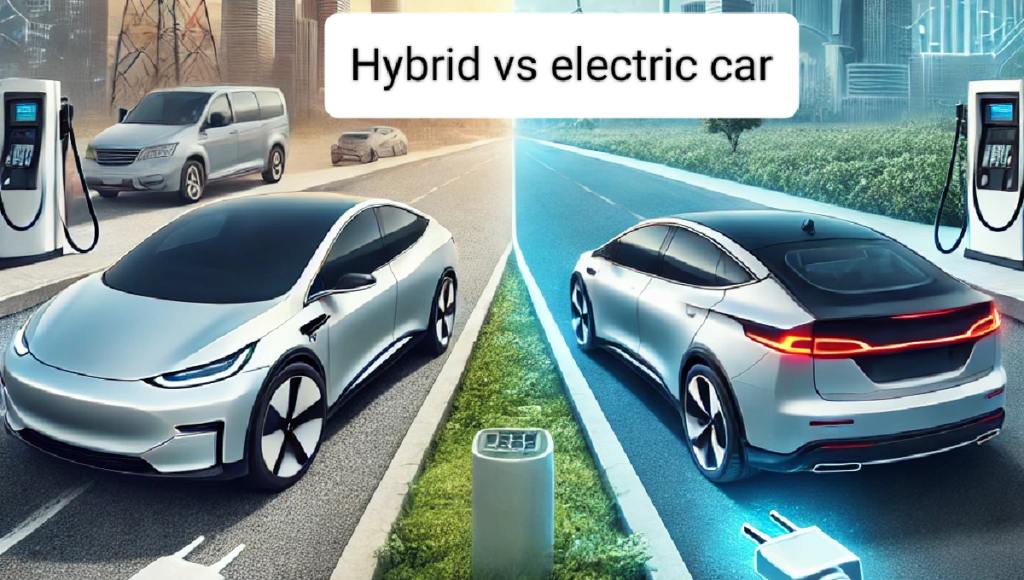Buying a used car in India is a smart way to save money, but it requires careful planning. Whether you’re purchasing from a dealership, a private seller, or an online marketplace, a structured approach helps you get the best deal. This guide takes you through each step, from budgeting to finalizing the paperwork.
Table of Contents
1. Determine Your Budget
Before shopping, set a realistic budget that includes all potential costs.
Key Costs to Consider
| Expense | Estimated Cost (₹) | Notes |
|---|---|---|
| Purchase Price | ₹2 lakh – ₹10 lakh+ | Varies by model, year, and condition |
| Insurance | ₹5,000 – ₹25,000 per year | Based on car type and driver profile |
| Registration & Road Tax | ₹5,000 – ₹1 lakh (one-time) | Varies by state and vehicle type |
| Maintenance & Repairs | ₹5,000 – ₹50,000 per year | Older cars may need frequent servicing |
| Fuel Costs | ₹60,000 – ₹1.5 lakh per year | Consider fuel-efficient models |
A good rule of thumb: Spend no more than 15% of your monthly income on car-related expenses.
2. Research and Choose the Right Car
Think about your needs before selecting a car. Consider:
✔ Do you need a hatchback, sedan, or SUV?
✔ Is fuel efficiency or performance more important?
✔ Do you prefer petrol, diesel, CNG, or an electric car?
Best Used Cars by Category
| Category | Recommended Models | Why Choose These? |
|---|---|---|
| Budget-Friendly | Maruti Alto, Hyundai Santro, Tata Tiago | Affordable, low maintenance |
| Family Cars | Maruti Swift, Hyundai i20, Honda Amaze | Comfortable, fuel-efficient |
| Fuel-Efficient | Maruti WagonR CNG, Hyundai Grand i10 Nios CNG | Lower running costs |
| SUVs & Road Trips | Mahindra XUV500, Hyundai Creta, Tata Harrier | Spacious, powerful |
| Work & Load Vehicles | Mahindra Bolero, Tata Ace | Durable, high cargo capacity |
Use CarWale, ZigWheels, and OLX Autos to compare reviews and prices.
3. Find a Seller
Used cars can be purchased from various sources, each with advantages and disadvantages.
✔ Dealerships – Certified Pre-Owned (CPO) cars with warranties but at a higher price.
✔ Private Sellers – Generally cheaper, but no warranty or after-sales support.
✔ Online Marketplaces – Platforms like OLX, Cars24, and Facebook Marketplace provide more options but require caution.
4. Check the Vehicle History
Always check the car’s history to avoid future problems.
What to Look for in a Vehicle History Report
✔ Accident History – Major accidents can affect performance and resale value.
✔ RC Status & Title – Ensure it’s not marked as “salvage” or “blacklisted.”
✔ Odometer Readings – A manipulated odometer may indicate fraud.
✔ Number of Owners – A single-owner car is usually better maintained.
You can check history using Parivahan Vahan Search or paid reports from CarDekho TrustMark.
5. Inspect and Test Drive
Never buy a car without inspecting and test-driving it.
Pre-Test Drive Checklist
✔ Exterior – Look for dents, rust, or repainted areas.
✔ Tires & Brakes – Uneven wear may signal alignment or suspension issues.
✔ Engine & Fluids – Check for oil leaks and coolant levels.
✔ Interior & Electronics – Test power windows, AC, infotainment, and lights.
What to Observe During the Test Drive
| Aspect | Warning Signs |
|---|---|
| Acceleration | Delayed response, odd noises |
| Braking | Grinding sound, delayed stopping |
| Steering | Vibration, pulling to one side |
| Transmission | Hard shifting, slipping gears |
If unsure, hire a mechanic for a pre-purchase inspection.
6. Negotiate the Price
Use market research to get the best deal.
Tips for Negotiating
✔ Start lower than your budget – Gives room for adjustments.
✔ Highlight car issues – Use them as leverage to lower the price.
✔ Compare similar listings – Show fair market prices as proof.
✔ Be willing to walk away – Many sellers reduce prices for serious buyers.
Check CarWale and Orange Book Value (OBV) for fair market pricing before making an offer.
7. Finalize the Paperwork
Ensure all legal documents are in place before making the purchase.
Documents You Need
✔ RC (Registration Certificate) – Confirms legal ownership.
✔ Insurance Papers – Check validity; third-party insurance is mandatory in India.
✔ PUC (Pollution Under Control) Certificate – Required for driving on Indian roads.
✔ Road Tax & Loan Clearance – Verify that all taxes are paid and no loans are outstanding.
If buying from a dealer, review any financing agreements for hidden charges.
8. Make the Payment and Drive Away
Choose a secure payment method to protect yourself.
| Payment Method | Security Level | Best For |
|---|---|---|
| Cash | Medium (risky for large amounts) | Private sellers |
| Bank Transfer | High (secure, provides proof) | All transactions |
| Loan Payment | High (structured, with records) | Financing a car |
After payment, transfer ownership via RTO and update insurance before driving it home.
Final Thoughts
Buying a used car in India requires patience and thorough research. By following these steps, you can:
✔ Avoid scams and hidden issues
✔ Get a reliable vehicle within your budget
✔ Ensure all paperwork is legitimate
Take your time, inspect carefully, and negotiate smartly to drive away with the best deal. Happy car hunting!
also read
